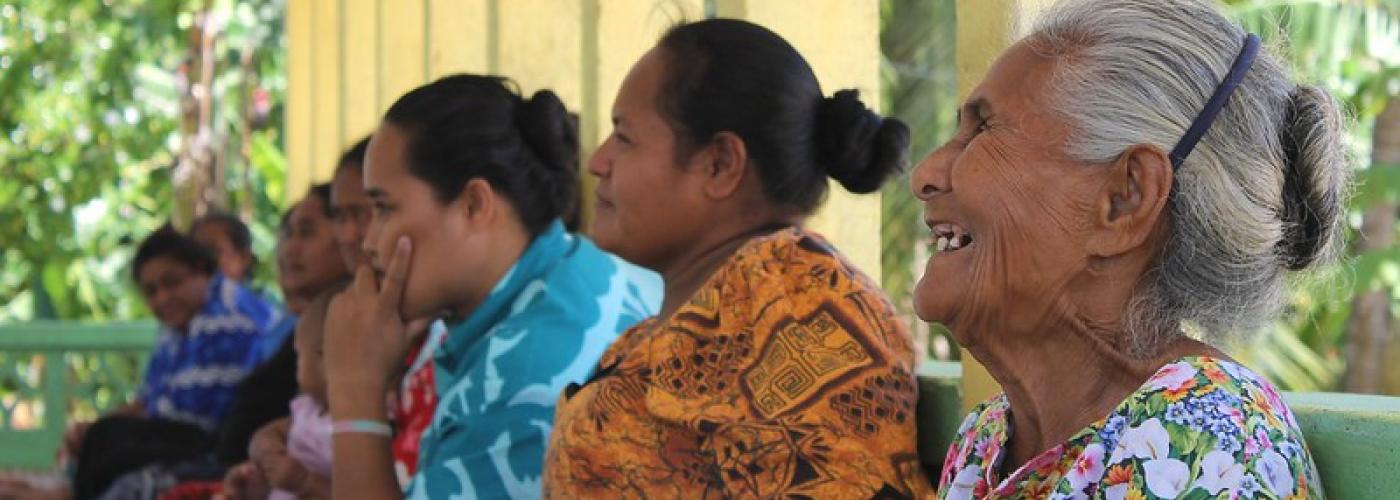What Works to Enhance Women’s Agency
Image

This post highlights a new literature review from the Abdul Latif Jameel Poverty Action Lab (J-PAL) authored by Wei Chang, Lucía Díaz-Martin, Akshara Gopalan, Eleonora Guarnieri, Seema Jayachandran and Claire Walsh. The full publication is available to read on J-PAL's website or for download below.
Women’s agency—their ability to define and act on goals, make decisions that matter to them, and participate in the economy and public life (Donald et al. 2017; Kabeer 1999; Laszlo et al. 2017)—is limited in many contexts around the world. J-PAL’s literature review, “What works to enhance women’s agency,” draws from 160 randomized and natural experiments in low and middle-income countries to distill key lessons on what we know about supporting women’s agency based on quantitative evidence. This review takes a cross-cutting approach to analyzing evidence across different domains of women’s agency and focuses on understanding the mechanisms through which interventions achieve their impacts.
The analysis uses a framework that distinguishes between direct and indirect indicators of women’s agency.
- Direct indicators are aspects that are fundamental to a woman’s ability to make meaningful choices and act on them. Under this category, this review includes decision-making power, psychological elements of agency (termed “power within”), freedom of movement, and freedom from violence.
- Indirect indicators of agency are outcomes and behaviors that often reflect a woman having more agency but that might have errors of inclusion or exclusion in capturing a woman’s ability to make meaningful choices and act on them. This review focuses on indirect indicators across three domains: economic, political, and family.
The review synthesizes evidence on the direct and indirect indicators of agency to develop insights that cut across the various domains in which agency can be exercised. It also synthesizes evidence for each indicator to distill indicator-specific takeaways. These specific sections of the review may be useful for policymakers looking to improve women’s agency within a specific domain:
Direct indicators:
- “Power within” (includes aspirations, self-efficacy, and attitudes towards gender norms)
- Household decision-making power
- Freedom of movement
- Freedom from violence
Indirect indicators:
- Family and intra-household domain of agency
- Economic domain of agency
- Political and community domain of agency
This review also consists of two appendices which provide:
- Study descriptions: For more information on included studies, this appendix provides brief summaries, including information on the study design, indicators of agency included, region, intervention type and duration, and main findings for each study.
- Measurement for selected indicators: For more information how the studies measured agency, this appendix provides descriptions of how three indicators— “power within”, household decision making, and violence against women and girls—were measured in each study. Given the challenges to measuring these specific indicators of women’s agency, this appendix illustrates the measurement approaches researchers used. In another publication, J-PAL offers a practical guide to measuring women’s and girls’ empowerment.

